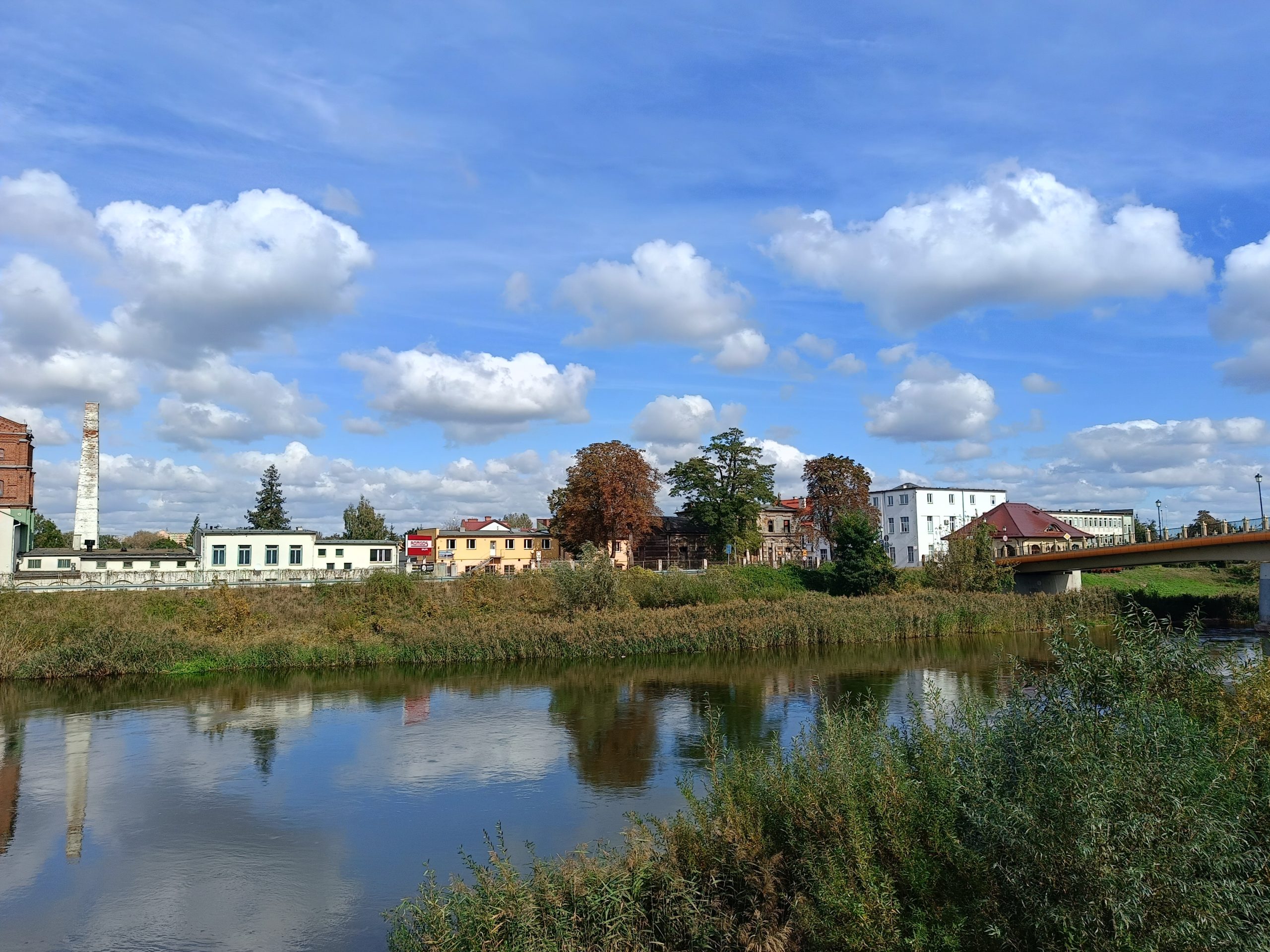Famous people from our area
Each of us has heard about the Great Pyramids in Giza, the Great Wall in China or figures such as Leonardo Da Vinci, Napoleon and other important events like Columbus’ expeditions and World War II, etc. However, it is terrifying how little we know about our local history, about what once happened in our or neighboring towns, about who once lived here and acted for the good of others… Taking care of past should be significant to us, because if we pay respect to those who once lived, perhaps someone will also remember us and give us similar respect.
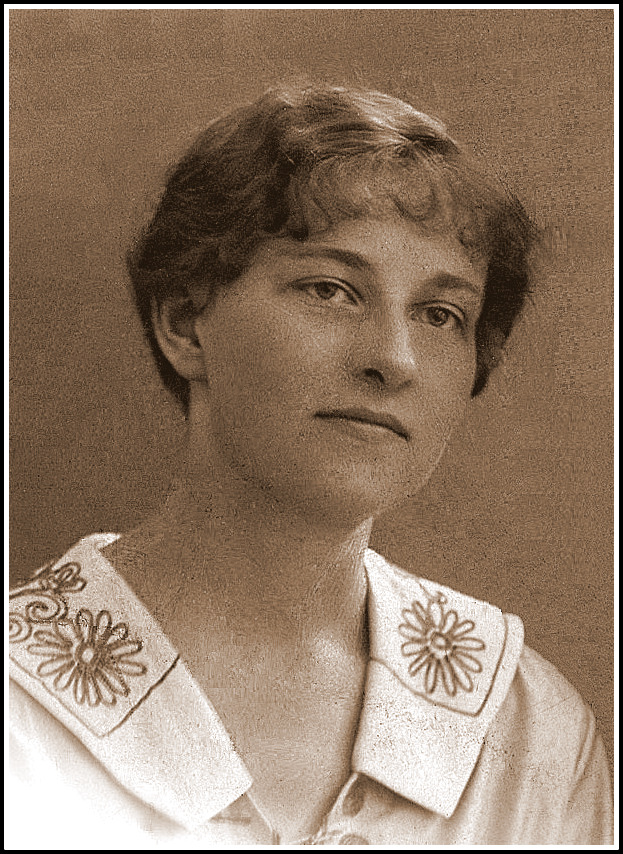 1 She was not afraid to jump into fire to save a human life…
1 She was not afraid to jump into fire to save a human life…
Countess Maria Róża Emilia Zamoyska was born on June 30, 1898 in Ruda Pilczycka. She was the daughter of Count Władysław Leon Zamoyski and Princess Zofia Hermancja Światopełk- Czetwertyńska. During the Polish-Bolshevik War, wanting to fulfill her patriotic duty, she served as a nurse in the Polish Red Cross military hospital.
On June 9, 1921, she married Mieczysław Seweryn Kwilecki – the last owner of the Gosławice and Maliniec estates, participant of the Polish-Bolshevik war, member of the Polish Military Organization, co-founder of the 15th Poznań Uhlan Regiment, adjutant of General Józef Haller, social activist and later victim of Katyn.
Maria Róża lived with her family in Maliniec (now one of the districts of Konin). She managed the manor’s vegetable garden, orchard, and poultry farm, and was socially active by providing medical assistance to local residents. However, all good things must come to an end. In 1936, Maria Róża and her children moved permanently to the family estate in Ruda Pilczycka. Later she moved to a rented villa in Rabka. At that time, she made her living by renting rooms to tourists and students. In 1940, she was arrested by the Gestapo and imprisoned in the Ravensbrück concentration camp. A year later, thanks to the efforts of her family, she was released. Her next home was Bąkowa Góra.
In her new place of residence, Maria continued to provide necessary medical assistance to the local population. On May 29 1943, together with her sons, she took part in extinguishing a fire in one of the buildings in Bąkowa Góra. When she heard that there were children in the fire, she was the only one who had the courage to jump into the fire to search for them. Unfortunately, it turned out that there were no children… She managed to escape the fire, but on May 31 in the Saint Alexander Hospital in Radomsko, as a result of wounds suffered in the fire, she left this world…
A few days later, on June 2, her funeral took place in Bąkowa Góra, which, despite the war, was a powerful manifestation and proof of human empathy and gratitude. Some time after her death, the local people, grateful for her kindness, funded a sandstone tombstone in the form of an angel for the deceased. It was a true gesture from the heart because even today, the cost of a similar sculpture would amount to several dozen thousand zlotys. To this day, the deceased is also remembered by an epitaph in the church in Bąkowa Góra, an entry in the parish book of remembrances, and her memory is mentioned every time during Holy Masses.
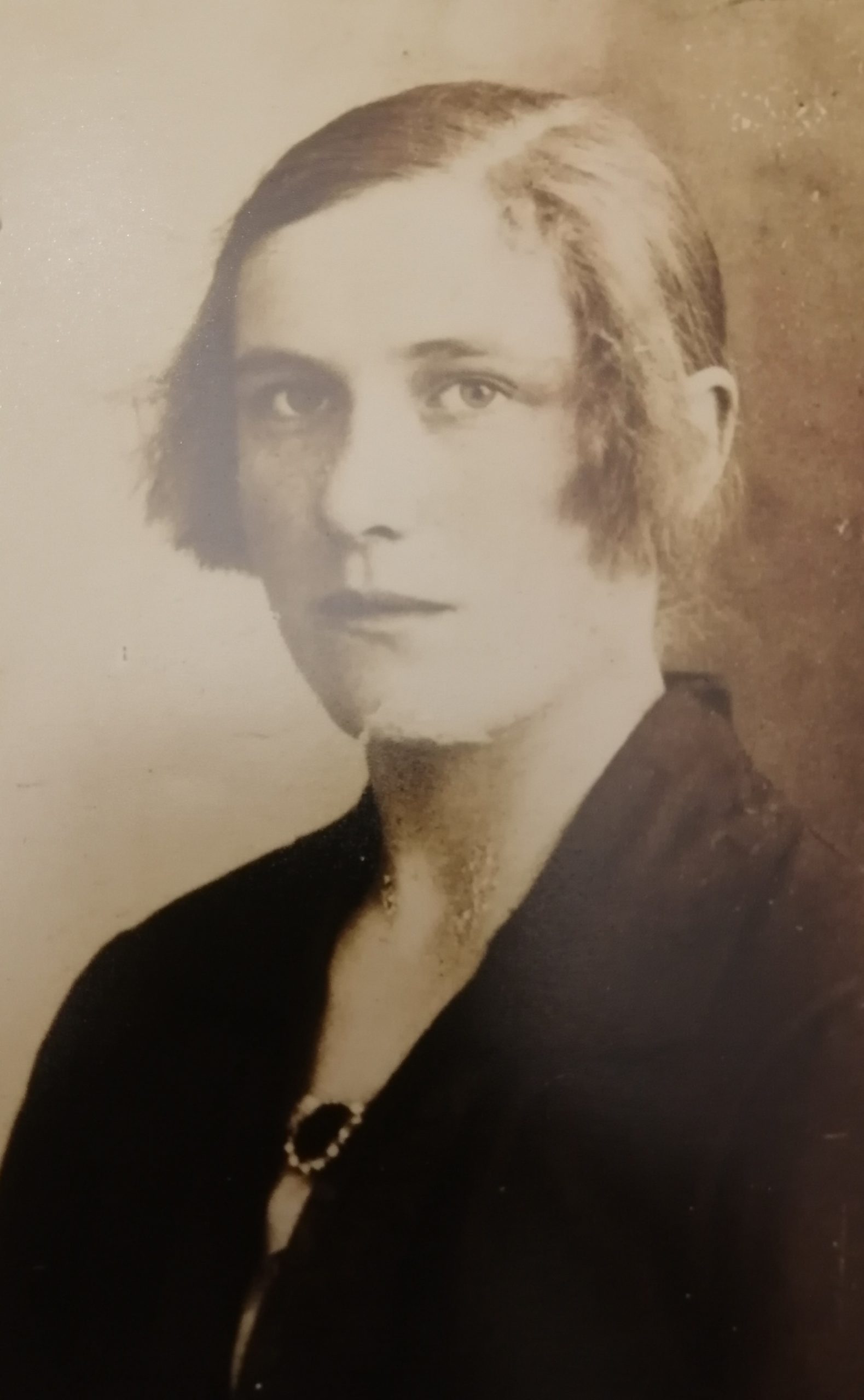
2 Extraordinary courage in times of religious persecution
In 1966, an extraordinary testimony took place in Grąblin near Licheń. In the mentioned village there was an old wooden cross. Some residents, concerned about its condition and the fact that it could fall on children walking along this road to the nearby school in Anielewo, decided to put a new cross in its place. Of course, only trusted people were involved in this practice because at that time such an act was punishable by repression from the ruling authorities.
So, they started working on a new symbol in almost conspiratorial conditions: at night, in Stanisław Szyszyński’s barn, local farmers created a new cross. After the task was completed, under the cover of darkness, a cross was placed in the same place where the old cross stood. Unfortunately, most likely one of the inhabitants of Grąblin reported this act to the police.
On April 5, the officers made a site visit during which they found, of course, in their opinion, „harmful” unauthorized construction. A local social activist, Zofia Kacprzak, and the above-mentioned farmer Szyszyński were found „guilty” of this act. They were called to the police station in Konin, informed that this case was not considered worthy of further attention, but due to the informer’s constant inquiries, the officers had to intervene. Zofia Kacprzak and Stanisław Szyszyński, in addition to the order to demolish the cross, were imposed a fine of PLN 500 and were threatened with criminal proceedings with a penalty of arrest of up to 1 year, a fine of up to PLN 50,000 or both penalties jointly. However, Mrs. Kacprzak did not agree to dismantle the cross.
However, she could appeal against this decision to the Faculty of Construction, Urban Planning and Architecture of the WRN Presidium in Poznań, which she did on April 20 of the same year. A week later, a decision was issued granting permission to enclose the religious facility and canceling the previous fine.
The new Grablin cross, despite the threat of demolition, remained in place. It stood there until 2005, when, along with the reconstruction of the road, it was moved to Księży Ostrów in the Kramsk commune, where it replaced another crumbling cross.
3 An extraordinary Pole of extraordinary times
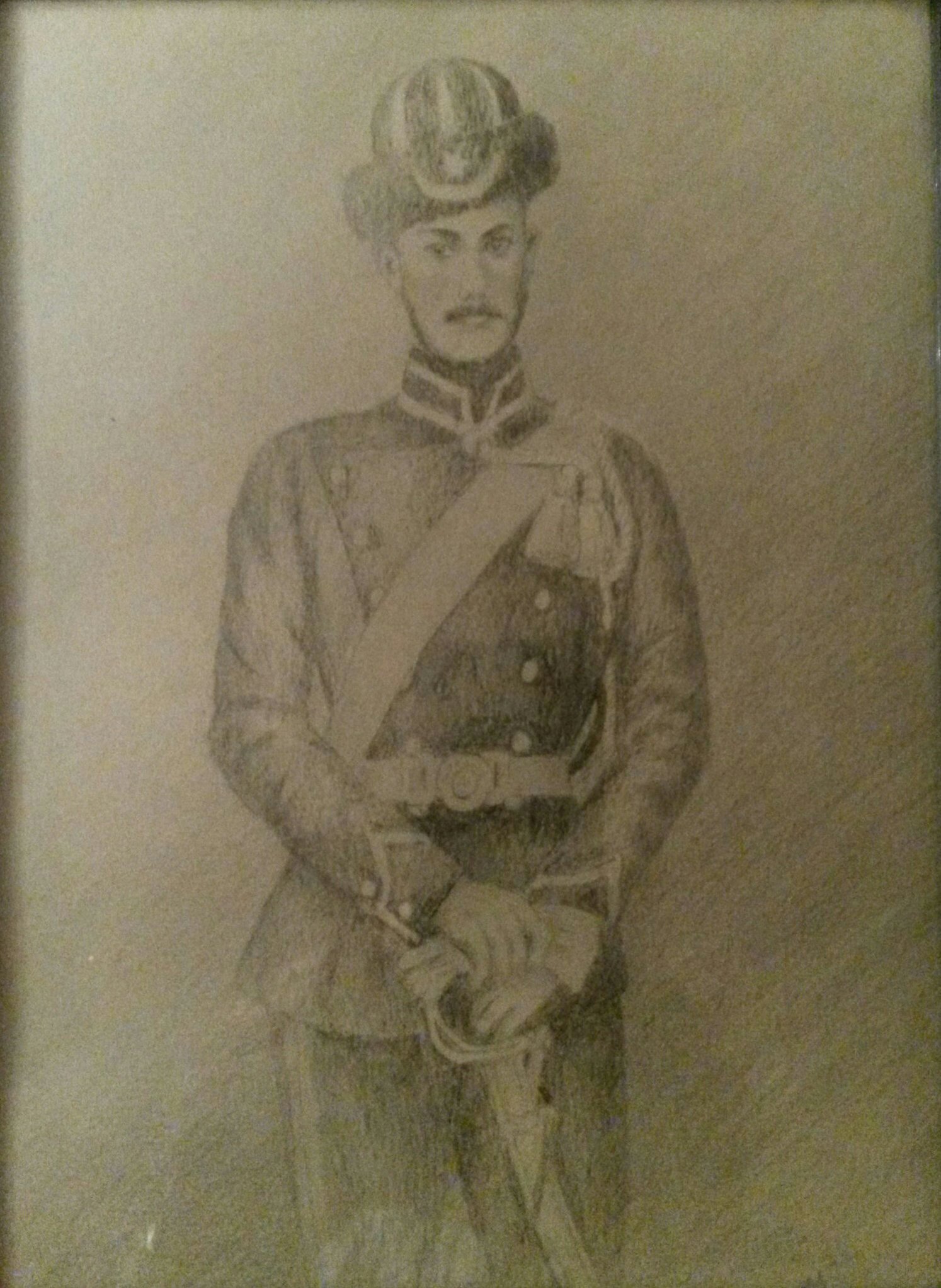
Władysław Miśkiewicz was born in 1822 in the village of Baszyny near Środa Wielkopolska. He was the son of Nepomucen and Aniela Miśkiewicz. At the age of 26, he took part in the Mierosławski Uprising in 1848, and after its fall he emigrated to France. In the years 1849-1853 he was a legionnaire in the Foreign Legion in Algiers, and from 1853 to 1854 he served in the legion of Michał Czajkowski (Sadyk Pasha) during the Crimean War. After several years in exile, Miśkiewicz returned to the country.
His difficult war experiences did not stop him from taking part in the January Uprising. In 1863 he served under the command of Edmund Taczanowski and Kazimierz Mielęcki. On March 1 1863, near Bieniszew, Captain Władysław Miśkiewicz led the Polish cavalry against the Moscow infantry, winning the battle. He also participated in later battles: at Dobrosołowo (March 2), Olszowy Młyn (March 22), Pyzdry (April 17) and Sieradz (September 19). At the end of the Uprising he was promoted to the rank of major. It is worth mentioning that his brothers: Ignacy and Józef also participated in the January Uprising.
After the defeat of the Uprising, Władysław Miśkiewicz didn’t participate in any military operations. After the birth of his nephew Jan Nepomucen, the son of Antonina, he actively participated in his patriotic upbringing, which turned out to have a significant impact on the future activity of young Godlewski (he grew into a great doctor, patriot and social activist who most likely saved the inhabitants of Konin from the cholera epidemic during World War I).
Władysław Miśkiewicz died childless in 1885 in Gromadzice near Wieluń. He was buried at the cemetery in Czarnożyły in today’s Wieluń County.
1 Tomasz Jankowski, In Bąkowa Góra, Publisher „AD REM”, Jelenia Góra 2023, p. 5-137, ISBN 978-83-67156-26-4
2 Family archive of Wanda Wieczorek – granddaughter of Zofia Kacprzak
3 Family archive of professor Zygmunt Vetulani – Miśkiewicz’s relative
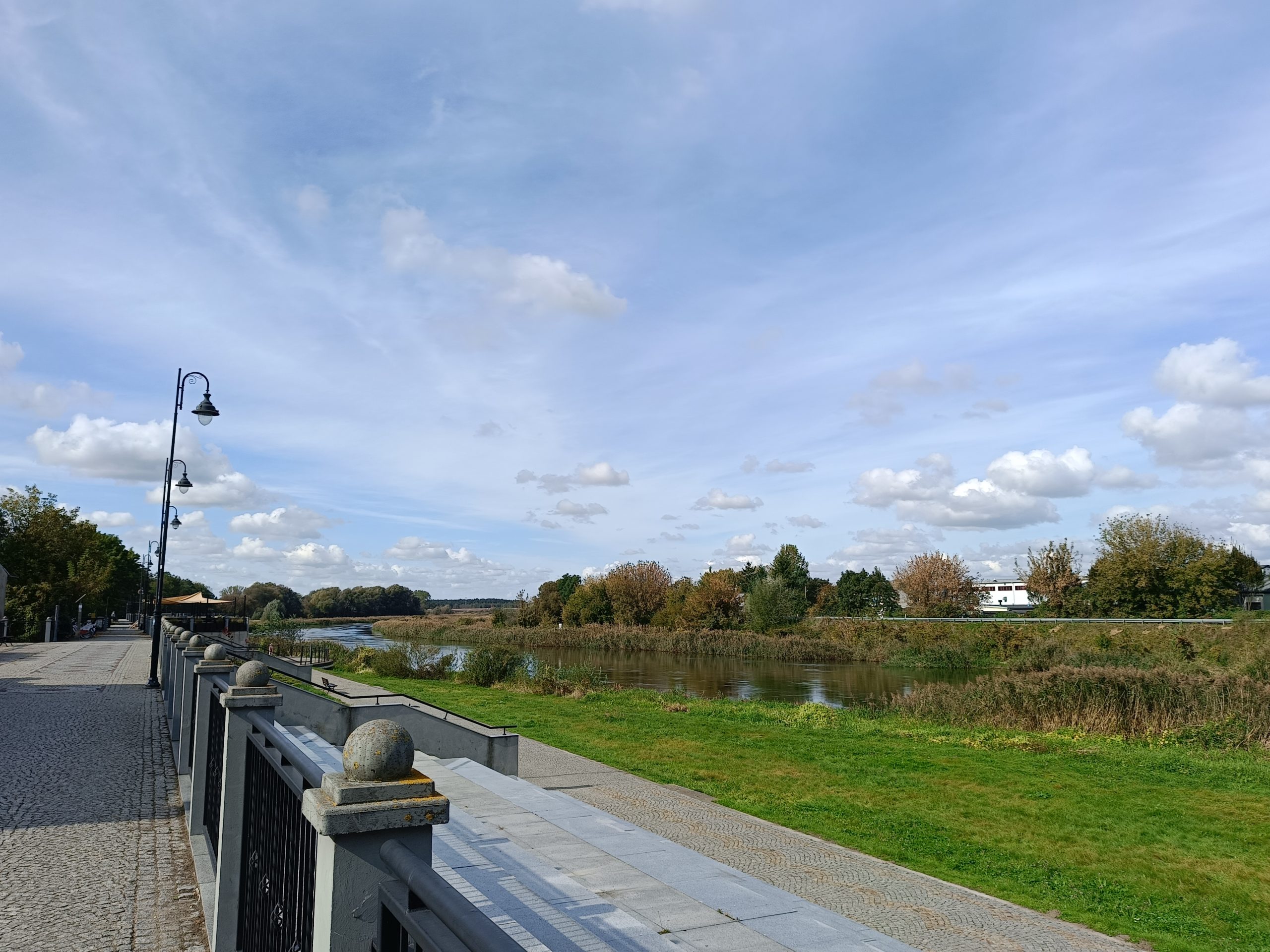
Fot: ND. 2024.Warta Boulevard in Konin
2024/2025 © Łukasz Rewers, 3 rok, Bezpieczeństwo wewnętrzne, Akademia Nauk Stosowanych w Koninie
